Osage Orange Tree
- December 28, 2023
- 0 comment
Osage Orange, scientifically known as Maclura pomifera, is a deciduous tree native to the central United States. Also commonly referred to as hedge apple, horse apple, or bodark, this tree is renowned for its distinctive, bumpy, and bright green fruit, which resembles a wrinkled, oversized orange. Despite its name, Osage Orange is not closely related to oranges and is actually a member of the mulberry family.
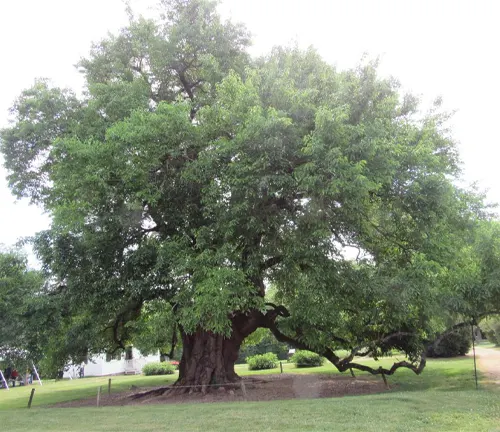
Historically, Native American tribes and early settlers utilized the dense, hard wood of the Osage Orange for crafting bows, hence its alternative moniker “bodark,” derived from the Osage word “bois d’arc,” meaning “wood of the bow.” Today, Osage Orange trees are often planted for their adaptability to various soil types and their ability to form dense, thorny hedgerows, providing natural fencing. While the fruit is inedible for humans due to its bitter taste, the Osage Orange remains a fascinating and resilient tree, appreciated for its unique characteristics and historical significance in American culture.
| Feature | Description |
|---|---|
| Scientific Name | Maclura pomifera |
| Common Names | Osage Orange, Hedge Apple, Horse Apple, Bodark |
| Family | Moraceae (Mulberry family) |
| Native to | Central United States |
| Fruit Appearance | Bumpy, bright green, resembling an oversized orange |
| Wood Use | Historically used for crafting bows; dense and hard wood |
| Alternative Name | “Bodark” originates from the Osage word “bois d’arc” |
| Adaptability | Thrives in various soil types; forms dense, thorny hedgerows |
| Inedible Fruit | Fruit is bitter and not suitable for human consumption |
| Historical Significance | Used by Native American tribes and settlers for various purposes |
| Cultural Importance | Appreciated for its unique characteristics and historical significance |
| Landscaping Use | Planted for natural fencing due to dense growth and thorns |
Discovering the Osage Orange

The Osage Orange, scientifically known as Maclura pomifera, stands as a botanical wonder native to the heartland of the United States. This deciduous tree, a member of the Mulberry family, captivates with its distinctive, bumpy, and vibrant green fruit that graces the landscape. Despite its name, the Osage Orange reveals a beauty that goes beyond its fruit, showcasing the intricacies of nature in every leaf, branch, and flower.
The Osage Orange’s Arboreal Artistry
Beyond its visual appeal, the Osage Orange has made its mark in history for its exquisite wood. Known for its density and hardness, the wood of this tree found its place in the craftsmanship of bows, earning it the moniker “bodark.” The elegant yet sturdy nature of Osage Orange wood adds a touch of sophistication to woodwork, emphasizing the tree’s versatility and significance in both function and form.
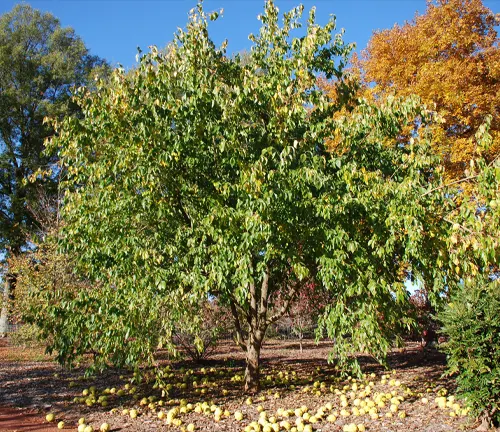
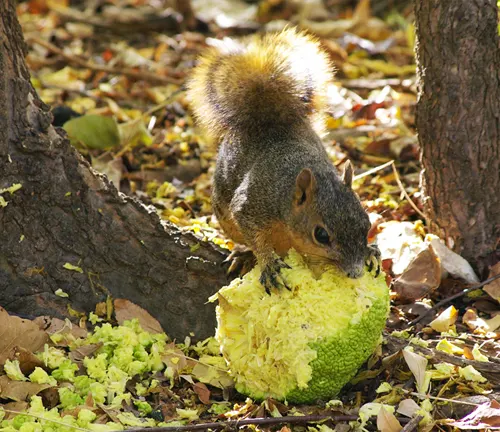
Nurturing Nature’s Balance
In the intricate tapestry of ecosystems, the Osage Orange plays a vital role. Its adaptability to various soil types and climates makes it a resilient component of the environment. The tree’s branches provide shelter for birds and its fruit, though inedible for humans, serves as sustenance for wildlife. As we delve into the interconnected web of nature, the Osage Orange emerges as a cornerstone of ecological balance.
Preserving a Natural Legacy
For those intrigued by the Osage Orange’s allure, cultivating and conserving this species becomes a commendable endeavor. The tree’s hardy nature makes it suitable for a range of landscapes, and efforts to protect and propagate it contribute to the preservation of biodiversity. Conservation initiatives ensure that future generations can marvel at the Osage Orange’s botanical beauty.

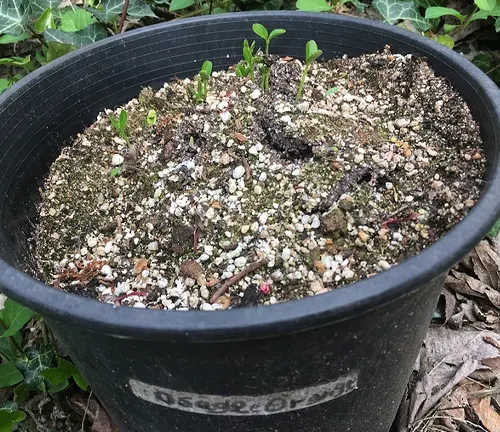
The Osage Orange as Nature’s Engineer
Beneath the surface, the Osage Orange proves itself as a silent soil stabilizer. Its extensive root system anchors the tree firmly in the ground, preventing soil erosion. In regions where stabilization is crucial, the Osage Orange emerges as a natural engineer, fortifying the earth and ensuring the integrity of the surrounding ecosystem.
Beyond the Botanical Realm
While the Osage Orange’s primary fame may lie in its botanical and woodcraft applications, its practical uses extend beyond. The tree is often cultivated for natural fencing, thanks to its ability to form dense, thorny hedgerows. This utilization aligns with historical practices, as the Osage Orange has been employed for centuries to create living barriers.
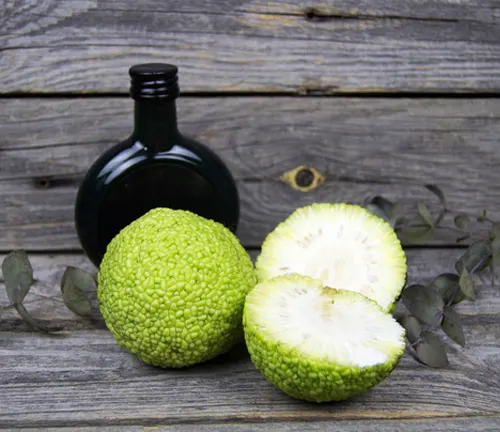
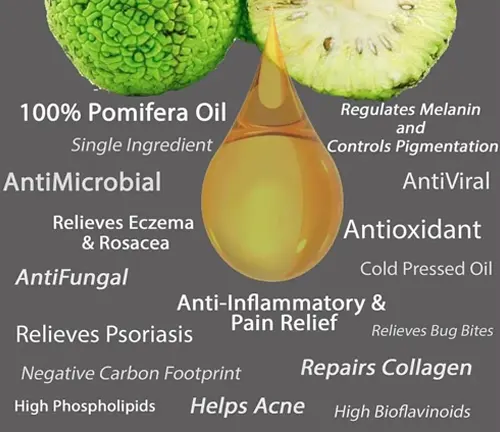
A Multifaceted Gift from Nature
Embracing the Osage Orange offers a myriad of benefits. From its aesthetic contribution to landscapes and woodcraft elegance to its ecological role and soil-stabilizing capabilities, this tree stands as a multifaceted gift from nature. Understanding and appreciating the Osage Orange allows us to tap into the richness it brings to both the environment and our cultural heritage.
Navigating the Natural Range of the Osage Orange
Embarking on a journey to understand the Osage Orange begins with mapping its natural habitat. The intricate tapestry of its native range unfolds across the central United States. From the plains to the riverbanks, this deciduous beauty finds its home, weaving itself into the diverse landscapes that define the heartland.
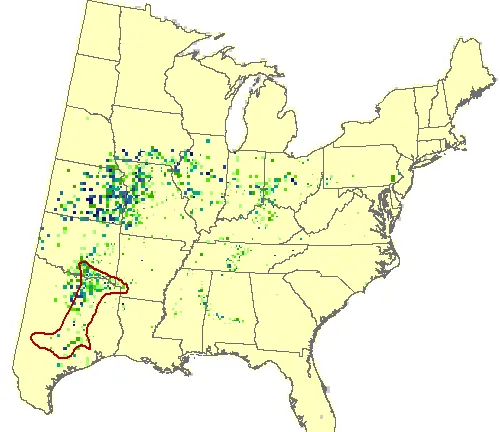
Unraveling the Intricacies of Osage Orange
Delving into the essence of the Osage Orange unveils a myriad of components that contribute to its botanical charm. From the distinctive bumpy fruit that graces its branches to the dense and durable wood, each element tells a story of resilience and adaptability. Unraveling the components of the Osage Orange allows us to appreciate the intricate details that make this tree a natural wonder.
The Osage Orange’s Impact on Soil Stability
As nature’s architect, the Osage Orange doesn’t just stand as a picturesque figure in the landscape. Its roots delve deep into the soil, serving as anchors that combat erosion and stabilize the land. The side effect of its presence is a positive one contributing to the integrity of the ecosystem and acting as a silent guardian against the forces of nature.
Different Species
The Osage Orange (Maclura pomifera) is a singular species within its genus, Maclura, and it does not have recognized distinct varieties or subspecies. Maclura pomifera is the only recognized species commonly known as the Osage Orange, Hedge Apple, or Bodark.
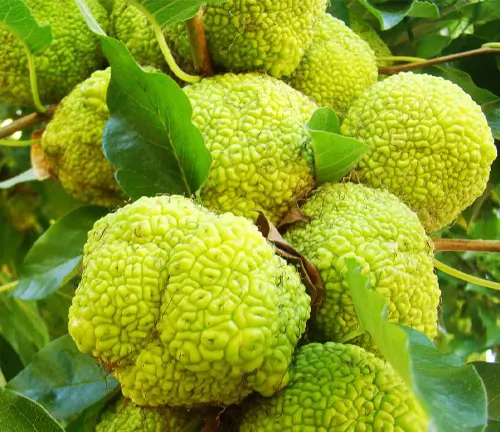
Frequently Asked Questions (FAQs)
1. What is Osage Orange?
Osage Orange, scientifically known as Maclura pomifera, is a deciduous tree native to the central United States. It is known for its distinctive bumpy, green fruit and hard wood.
2. Why is it called Osage Orange?
The name “Osage Orange” is derived from the Osage Native American tribe, which historically used the tree’s wood for crafting bows. The term “orange” is a reference to the tree’s fruit, which resembles an oversized, wrinkled orange.
3. What are the uses of Osage Orange wood?
Osage Orange wood is dense and hard, making it historically valuable for crafting bows. It has also been used in woodworking for its durability and attractive grain pattern.
4. Is the fruit of Osage Orange edible?
No, the fruit of Osage Orange is not edible for humans. It has a bitter taste and is primarily consumed by wildlife.
5. How do you propagate Osage Orange trees?
Osage Orange can be propagated from seeds, cuttings, or root suckers. However, growing from seeds is the most common method. The seeds require stratification (a period of cold) to germinate successfully.
6. Is Osage Orange invasive?
While Osage Orange can form dense thickets, especially in old hedgerows, it is not generally considered invasive. It is more often valued for its adaptability and use in natural fencing.
7. What is the ecological significance of Osage Orange?
Osage Orange contributes to ecosystems by providing habitat and food for wildlife. Its extensive root system also helps stabilize soil and prevent erosion.
8. Can Osage Orange be used for landscaping?
Yes, Osage Orange is often used in landscaping for its adaptability to various soil types and its ability to form dense, thorny hedgerows, providing a natural and effective barrier.
9. Are there different varieties of Osage Orange?
No, there is only one recognized species of Osage Orange: Maclura pomifera. It does not have recognized distinct varieties or subspecies.
10. How do I care for an Osage Orange tree?
Osage Orange trees are hardy and generally low-maintenance. They prefer well-drained soil and full sunlight. Regular pruning may be required to shape the tree and remove dead or damaged branches.




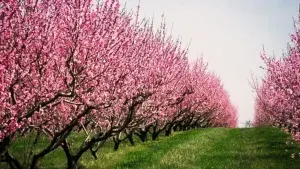
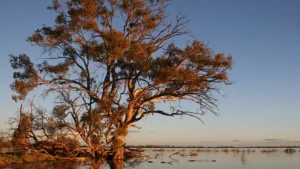
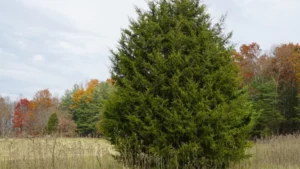
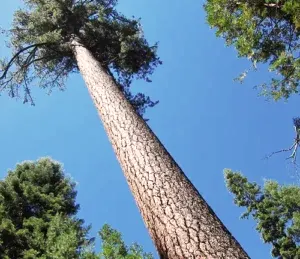
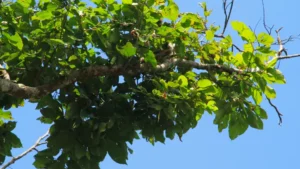
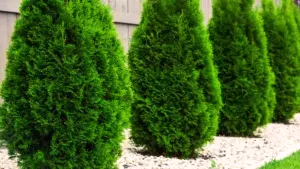


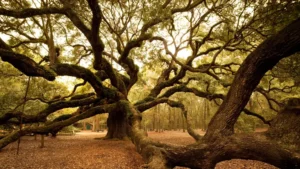
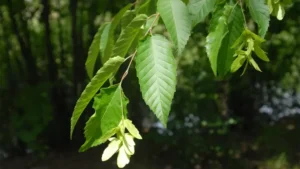
Leave your comment